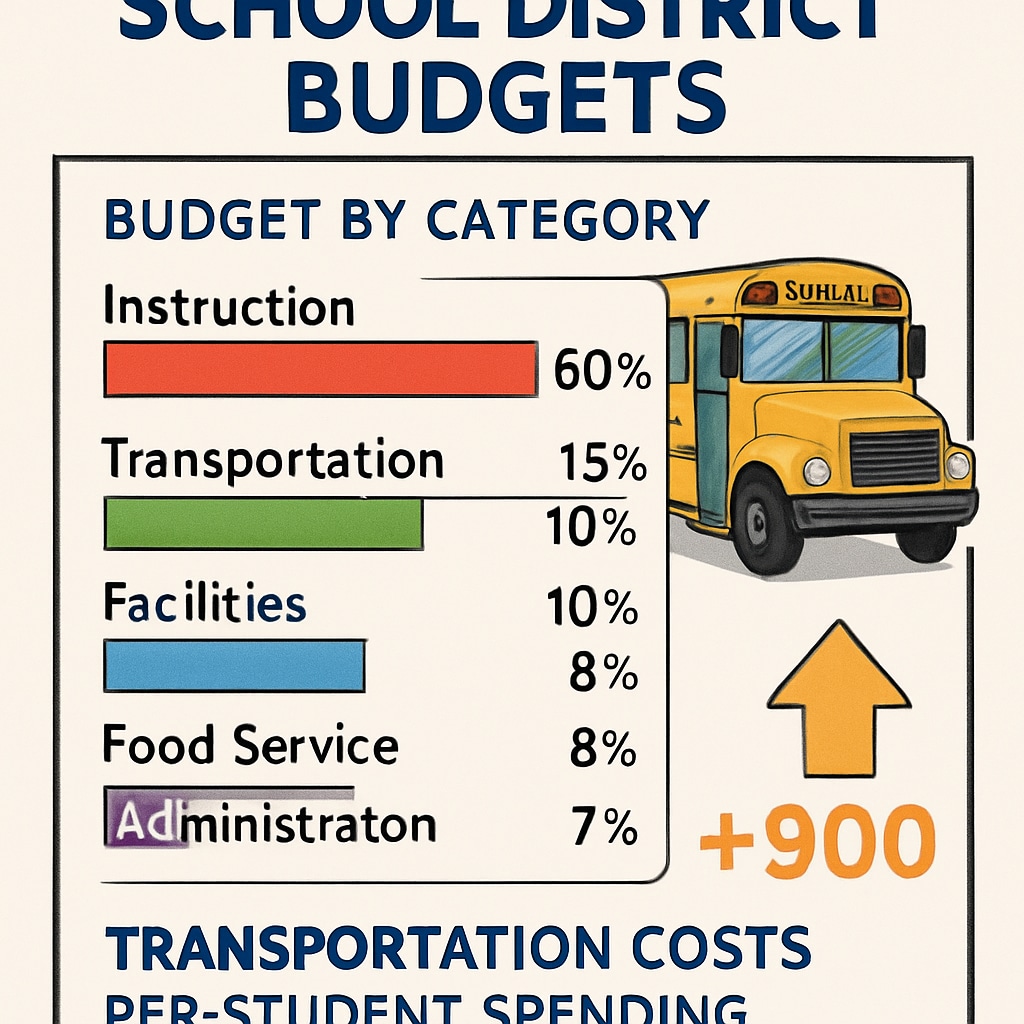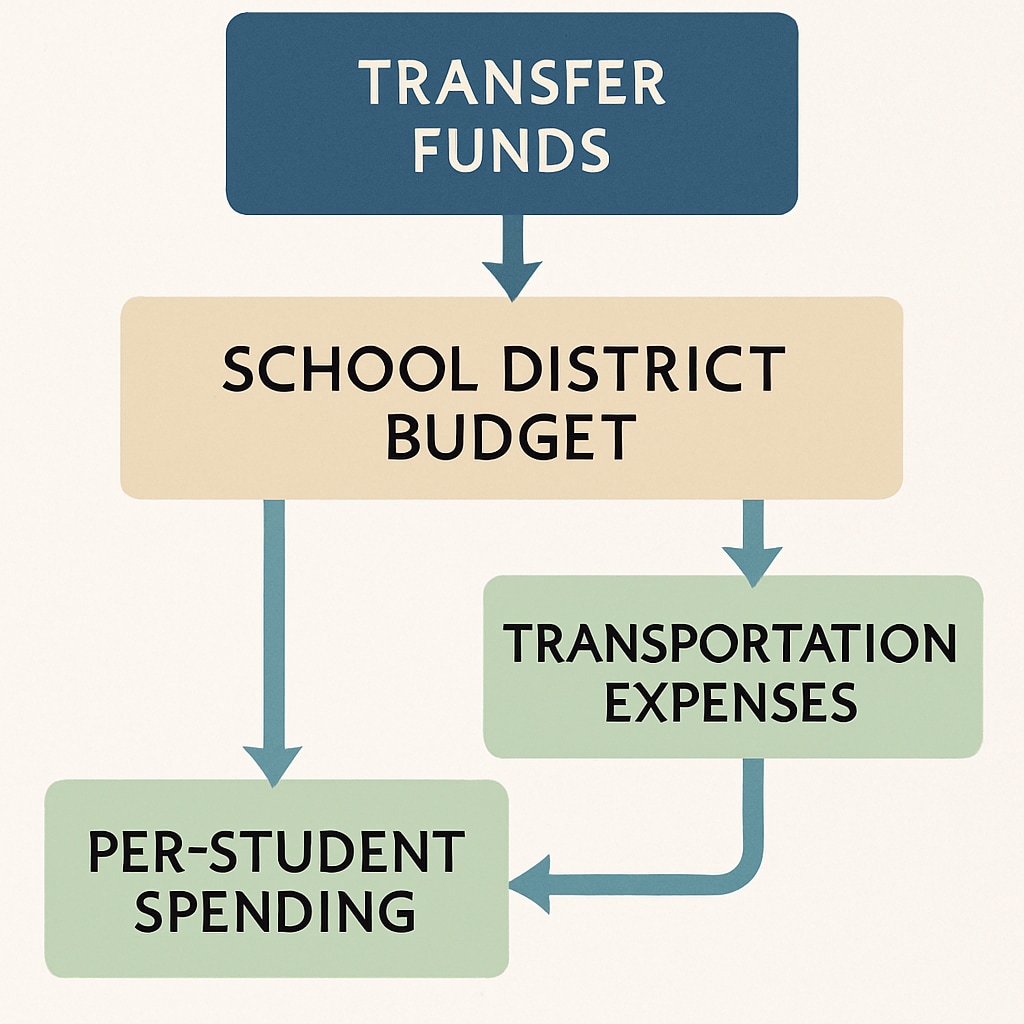Transfer funds, per-student spending, and school district budgets are key concepts in understanding how modern education financing can often mask the true cost of educating students. These mechanisms, while designed to allocate resources effectively, can sometimes create misleading statistics that paint an inaccurate picture of financial priorities. For example, transportation costs like school buses are often routed through transfer funds, inflating per-student spending figures without directly benefiting classroom education. This article examines these distortions and advocates for greater transparency in school district accounting practices.
How Transfer Funds Work in School District Budgets
Transfer funds are essentially interdepartmental financial transactions within a school district. They are used to move money between accounts, often for logistical or administrative purposes. While this system can simplify budgeting and ensure operational continuity, it can also lead to unintended consequences. For instance, when funds for transportation, cafeteria services, or building maintenance are categorized as part of per-student spending, the resulting figures do not accurately reflect investments in classroom education.

Moreover, transfer funds can obscure the true cost of essential services. Transportation costs, for example, may be disproportionately represented in per-student spending statistics, giving the impression that more money is being spent directly on education than is actually the case.
The Inflation of Per-Student Spending Statistics
One significant consequence of transfer funds is the artificial inflation of per-student spending statistics. In many cases, expenses like school bus operations or outsourced services are included in these calculations. While these are necessary expenditures, they do not directly contribute to academic outcomes. As a result, stakeholders—parents, policymakers, and educators—may misunderstand how resources are allocated within a district.

For example, a school district may report per-student spending of $15,000 annually. However, upon closer inspection, a significant portion of this amount may be allocated to non-classroom expenses like transportation or facility maintenance. This distortion can lead to misplaced priorities, with funding decisions favoring operational needs over academic enrichment.
Why Transparency in Budgeting Matters
Transparent budgeting practices are essential for ensuring that education funding is both equitable and effective. Without clear accounting, it becomes difficult for stakeholders to evaluate whether resources are being allocated in the best interests of students. For instance, if transfer funds inflate per-student spending statistics, it may mask underinvestment in critical areas like teacher salaries, instructional materials, or special education programs.
To address these issues, school districts should adopt clear reporting standards that differentiate between operational and educational expenditures. Additionally, policymakers can implement guidelines that limit the inclusion of transfer funds in per-student spending calculations. These steps will provide a more accurate picture of how resources are used and help stakeholders make informed decisions.
Conclusion: Building a Transparent Future for Education Finance
The use of transfer funds in school district budgeting can create a foggy picture of how resources are truly allocated. While essential for operational efficiency, these financial mechanisms often distort per-student spending statistics, leading to misunderstandings among stakeholders. By improving transparency and adopting clearer accounting practices, school districts can ensure that funding decisions prioritize student success and education quality.
Ultimately, the need for transparency is not just about accurate numbers; it’s about accountability. Parents, educators, and policymakers deserve a clear understanding of how resources are used to support students. Greater clarity in school finance will lead to better outcomes for all involved.
Readability guidance: This article uses concise paragraphs and clear headings to improve readability. Lists are included where applicable, and overuse of passive voice is avoided to maintain an engaging tone. Transition words like “however,” “for example,” and “as a result” are used throughout to ensure smooth flow.


